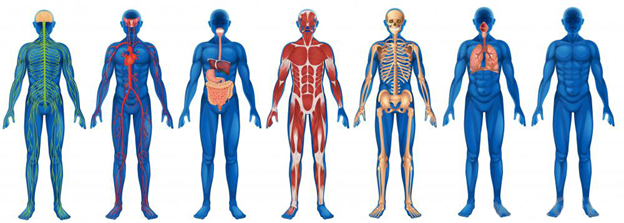

By Kelsie L. Black – November 17, 2020
It was the discovery and isolation of of phyto cannabinoid THC in 1964 by Israeli Researcher Dr Raphael Mechoulam that set off a series of subsequent discoveries, including the discovery of endocannabinoid Anandamide in 1992 by Mechoulam, that ultimately led to identification of the endocannabinoid system as a whole by the mid 2000’s.
The Endocannabinoid System is a complex system that works by sending signals to various cells and receptors located throughout the body that are involved in regulating a range of biological functions and processes for maintaining homeostasis.

Made from enzymes, endocannabinoids and receptors the endocannabinoid system has been shown through scientific research to be involved in the regulation of sleep, mood, metabolism, appetite and digestion, learning and memory, the cardiovascular system, muscle formation, bone remodeling and growth, liver function, stress, skin and nerve, motor control, inflammation and other immune system responses, chronic pain, reproduction and fertility.
CB1 and CB2 are the two main receptors found in the endocannabinoid system. CB1 helps in regulating appetite, energy and mood whereas CB2 helps regulate immune and inflammation.

Endcannabinoids are produced in the body naturally whereas phyto cannabinoids, such as THC and CBD are produced in plants. Phyto cannabinoids are compatible with the endocannabinoid system, locking into receptors to work in the same way as naturally produced cannabinoids. Cannabinoids are produced by a number of different plants including Cannabis.
Get E-mail updates about our latest shop and special offers.